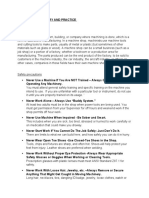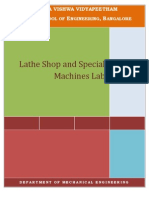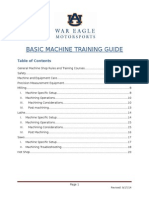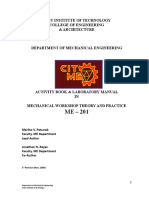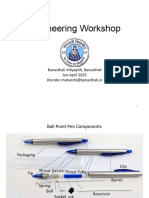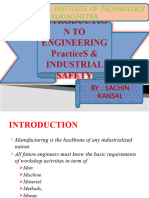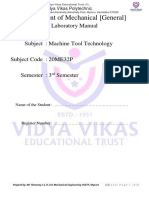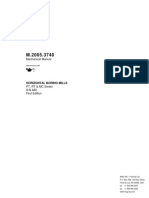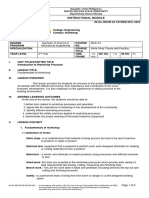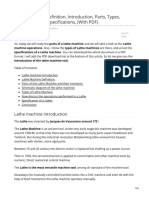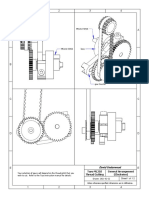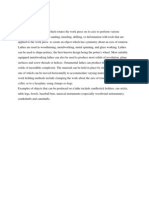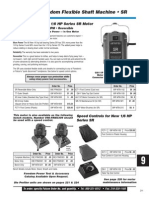0% found this document useful (0 votes)
205 views18 pagesAssignment
1. The document discusses the importance and functions of a university machine shop, which provides hands-on training and access to machines/equipment for students.
2. It outlines the various machines available in the shop like lathes, mills, drills etc. and describes how students learn their operation and safety policies.
3. Ensuring safety is emphasized as machine shops can be hazardous, and rules are outlined to prevent injuries from machines, debris, electrical/fire hazards. Regular safety training is important.
Uploaded by
KsdroyCopyright
© © All Rights Reserved
We take content rights seriously. If you suspect this is your content, claim it here.
Available Formats
Download as PDF, TXT or read online on Scribd
0% found this document useful (0 votes)
205 views18 pagesAssignment
1. The document discusses the importance and functions of a university machine shop, which provides hands-on training and access to machines/equipment for students.
2. It outlines the various machines available in the shop like lathes, mills, drills etc. and describes how students learn their operation and safety policies.
3. Ensuring safety is emphasized as machine shops can be hazardous, and rules are outlined to prevent injuries from machines, debris, electrical/fire hazards. Regular safety training is important.
Uploaded by
KsdroyCopyright
© © All Rights Reserved
We take content rights seriously. If you suspect this is your content, claim it here.
Available Formats
Download as PDF, TXT or read online on Scribd
/ 18

























